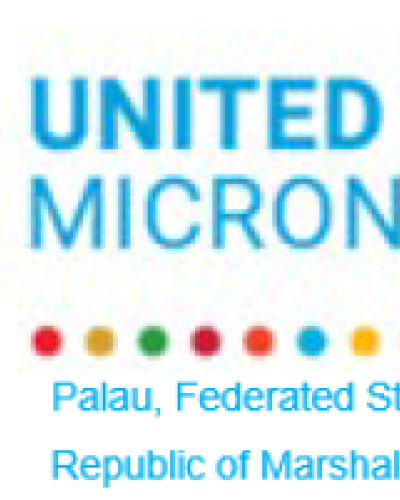United Nations Micronesia Working Paper Series No. 1: Assessing the Drivers of Economic Growth Models in Pacific Island Countries

Since Bertram and Watters (1985) introduced MIRAB, an economic model focused on the Pacific islands, in the mid-1980s, scholars have introduced a variety of economic models (e.g., TOURAB, SITEs and PROFIT) to explain the economic situation of the Pacific island countries (PICs). These models have been used to guide policymakers and development partners in implementing economic agendas to address the distinct challenges faced by the region. However, there has been a lack of empirical studies that quantitatively examine the relationship between these models and economic growth. Besides research by Umemura (2020), studies have tended to focus on just one or a few factors and have not encompassed all the factors cited in the scholarly growth models. As a result, the policies pursued may not have been optimal for socio-economic growth in the PICs. In the past two decades, the region has fallen short of economic growth compared to the growth in Asia and the Pacific.2 Over the past decade, economic and social development goals set out under the United Nations-led SAMOA Pathways 2014-2023 and Sustainable Development Goals (SDGs) have fallen short of expectations for the PICs (Gay and Reid 2025).
To address these challenges, this study explores the relationship between economic growth and all six key components commonly included in economic growth models for PICs. Specifically, it assesses the impact of: (i) government expenditure; (ii) foreign direct investment (FDI) inflows; (iii) tourism receipt; (iv) fisheries production; (v) remittance; and (vi) foreign aid or official development assistance (ODA), using random effects models on panel data. This study aims to identify key economic drivers that facilitate growth and discuss how government policies could be better configured to promote economic development in the PICs.





